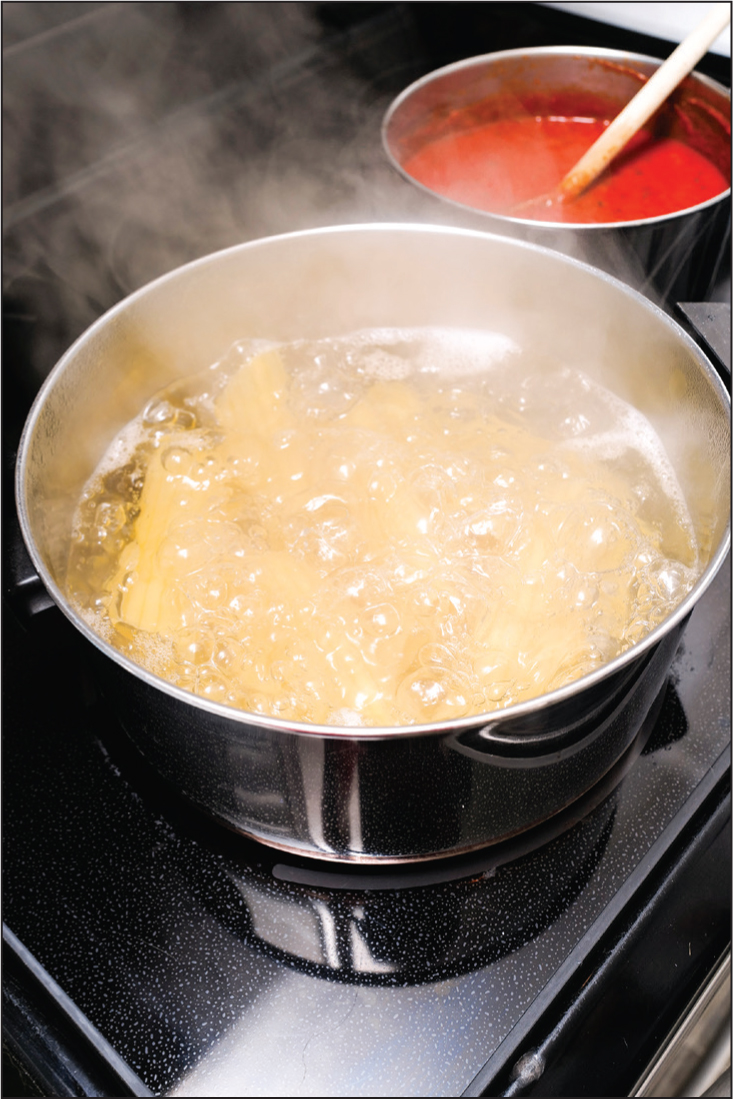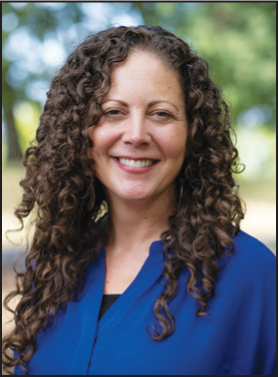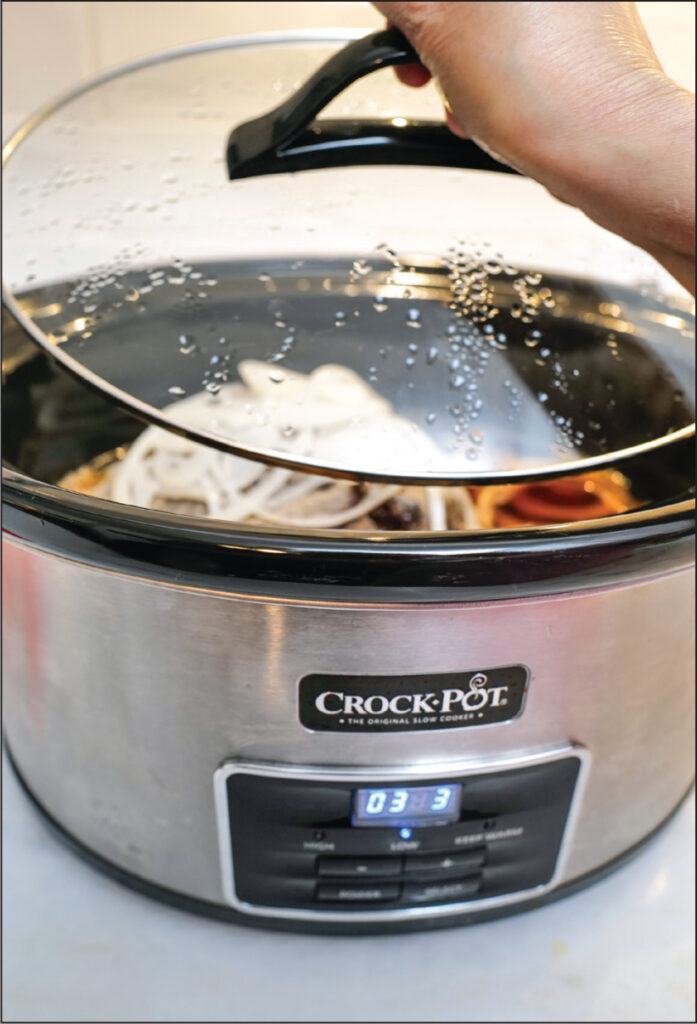Photographs by Mark Gilliland, Pioneer Utility Resources
Q: How can I save in the kitchen during the most expensive time of the year?
A: The holiday season brings opportunities to enjoy meals with friends and family, leading to spending more time in the kitchen. Whether hosting a few or a crowd, consider making new energy efficiency traditions this year with these tips to manage your energy use.
Let’s start with cooking your meal. Your electric oven is typically the highest-wattage appliance in the kitchen. Yet, people usually don’t turn their ovens on for long periods of time. Assuming an average oven wattage of 3,000 and an average cost of 16 cents per kilowatt-hour, according to the United States Energy Information Administration, it costs 48 cents an hour. Let’s say you use your oven for four hours to make a special meal. That’s less than $2 of electricity. While that might not seem like a big deal now, operating your oven for four hours every day is $700 a year.
Using smaller appliances instead of your oven can help you save. A slow cooker uses between 100 and 450 watts, which is significantly less than an electric oven at 2,000 to 5,000 watts. That means you can use a slow cooker for a longer period and still use less energy.

Opt for your microwave or toaster oven to reheat or cook smaller items. The microwave uses significantly less energy than the oven. A toaster oven uses about half the energy of a conventional oven, according to Energy Star.
Do not turn on your oven and leave the door open to heat your home. This can break your oven and be a safety hazard, especially with gas ovens that can cause carbon monoxide buildup.
When cooking on the stovetop, match the pot or pan size to the burner. Lids help your pots retain heat, which cooks food faster and wastes less heat. Keep your stovetop clean to ensure the appliance heats evenly.
If you’re looking to upgrade your stovetop, consider switching to an induction cooktop. It uses an electromagnetic field below the surface to heat pots and pans directly. This provides more precise heat, faster cook times and higher efficiency. It can also improve the air quality in your home when compared to a gas cooktop.
In my experience, people like to gather in the kitchen during parties. To avoid overheating your guests in a room that has a hot oven, turn your thermostat down a few degrees before guests arrive.
Next, let’s look for refrigerator savings. The gaskets on your refrigerator doors should make a tight seal to keep in cold air. Make sure you clean and maintain them or replace them if necessary. Don’t let frost build up in the freezer, which can decrease efficiency and make your freezer work harder to maintain a balanced temperature.
Wait until food cools before putting leftovers in the fridge. Putting hot food in the refrigerator results in more energy used to cool it down. Aim for about 30 minutes of cool time. Perishable food should be refrigerated within two hours after it is cooked, according to the United States Department of Agriculture.
Setting your refrigerator colder than needed wastes energy. The U.S. Department of Energy recommends 37 degrees for the refrigerator and zero for the freezer. Use an appliance thermometer to monitor the temperature.

When it comes to cleanup, run full loads of dishes in the dishwasher — being careful not to block any moving parts. Use eco mode if your dishwasher has that setting. If you are in the market for new appliances, select Energy Star models.
Whatever you choose to cook or how you cook it, keep in mind these simple tips to make your kitchen more efficient and save energy this holiday season.




